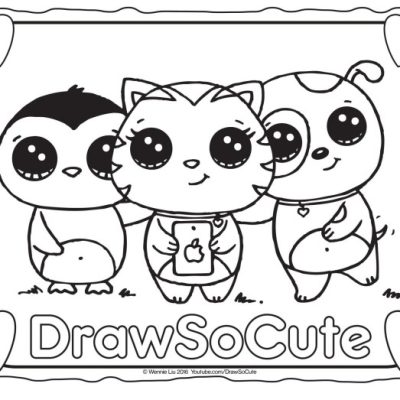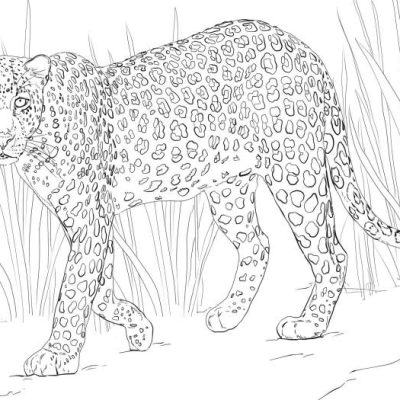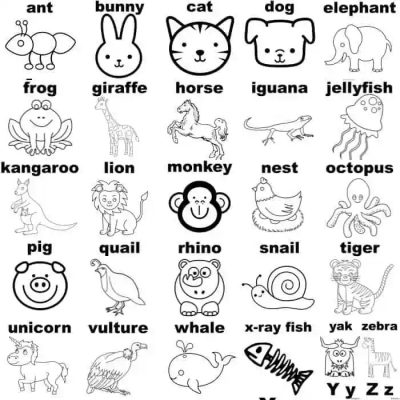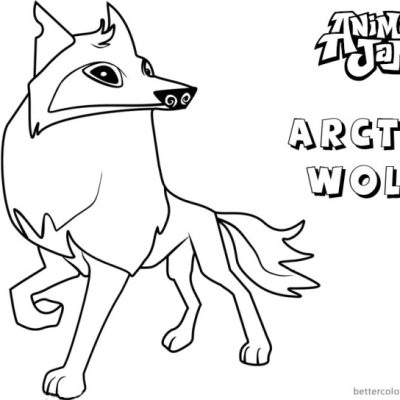Coloring Pages Zoo Animals A Critical Review
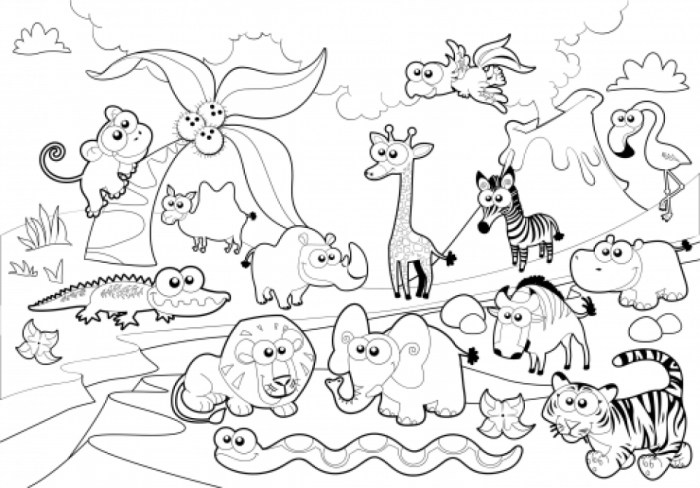
Design and Aesthetics

Coloring pages zoo animals – Creating captivating zoo animal coloring pages requires careful consideration of artistic style, color palettes, and page layout. The goal is to engage children and adults alike, offering a visually appealing and creatively stimulating experience. Different styles cater to different skill levels and preferences, making the choice of design crucial for the overall success of the coloring page.Artistic Styles in Zoo Animal Coloring PagesDifferent artistic styles significantly impact the visual appeal and complexity of zoo animal coloring pages.
Simple line art, characterized by clean lines and minimal detail, is perfect for younger children or those new to coloring. Intricate detail, on the other hand, appeals to older children and adults who enjoy a more challenging and rewarding coloring experience. A middle ground exists, employing moderate detail, balancing complexity with accessibility. Consider the target audience when choosing a style; a page with excessive detail might overwhelm a young child, while a simplistic design might bore an adult.Color Palettes and Their ImpactThe choice of color palette plays a crucial role in determining the overall mood and aesthetic of a zoo animal coloring page.
Vibrant, saturated colors create a cheerful and energetic feel, ideal for younger children. More muted or pastel palettes can lend a calming and sophisticated atmosphere, appealing to older audiences. The color choices should also be consistent with the animal’s natural coloration, avoiding unrealistic or jarring combinations. For example, a lion coloring page might use warm oranges, yellows, and browns, while a penguin coloring page could utilize cool blues, whites, and grays.
Careful consideration of color temperature and harmony ensures a visually pleasing result.Three Unique Coloring Page Layouts
1. Elephant
A large, central image of an elephant is placed slightly off-center, leaving ample space around it for creative background additions. Simple, bold Artikels define the elephant’s form, allowing for easy coloring. The trunk is curled playfully, adding character. The linework is clean and consistent, minimizing unnecessary detail.
2. Giraffe
Kids love coloring pages featuring zoo animals; the vibrant lions, playful monkeys, and majestic elephants ignite their imaginations. For even more animal-themed fun, check out this fantastic resource for free coloring book pages of animals , offering a wide variety of creatures beyond the zoo. From there, you can easily return to the exciting world of coloring pages zoo animals, perhaps focusing on a specific habitat or animal group.
This design uses a vertical composition, highlighting the giraffe’s height. The giraffe is depicted in profile, extending from the top to nearly the bottom of the page. Intricate linework details the giraffe’s spots, creating a visually interesting pattern for coloring. Negative space is used effectively by placing the giraffe against a simple, uncluttered background.
3. Monkey
A playful monkey swinging from a branch is featured in this design. The composition is dynamic, with the monkey in motion. The linework is a mix of simple and detailed elements; the monkey’s face is relatively detailed, while the branch and background are simpler. Positive and negative space are balanced, creating visual interest without being overwhelming.Effective Use of Positive and Negative SpacePositive space refers to the areas occupied by the main subject (the animal), while negative space encompasses the areas surrounding it.
Effective use of both is crucial for a well-balanced design. Too much negative space can make the animal appear isolated, while too little can create a cluttered and overwhelming effect. A balanced approach, as demonstrated in the giraffe and monkey designs, allows the animal to be the focal point while providing enough space for creative expression and background additions.
The elephant design, for example, utilizes a significant amount of negative space, allowing for the addition of elements like trees or other animals, enriching the overall scene.
Educational Value and Applications

Zoo animal coloring pages offer a surprisingly rich educational experience for children, extending far beyond simple entertainment. They provide a fun and engaging way to learn about the natural world, develop crucial skills, and spark creativity. This thread explores the multifaceted educational benefits of these seemingly simple activities.
Fine Motor Skill Development and Hand-Eye Coordination
Coloring requires precise movements, strengthening small muscles in the hands and fingers. This improves fine motor skills essential for writing, drawing, and other everyday tasks. The act of staying within the lines, shading, and controlling the pressure of the crayon or pencil enhances hand-eye coordination, improving a child’s ability to coordinate their hand movements with what they see.
For example, a child might initially struggle to color within the lines of a complex zebra pattern, but with practice, their accuracy and control will improve significantly. This translates to better performance in activities requiring dexterity and precision.
Enhancing Learning About Animal Species and Habitats
Coloring pages featuring diverse zoo animals provide a visual introduction to different species, their unique characteristics, and their natural habitats. A child coloring a polar bear, for example, can simultaneously learn about its adaptations to arctic environments, its diet, and its social behavior. The visual element aids memory retention, making the learning process more engaging and effective than simply reading about these animals.
The act of coloring itself can trigger further curiosity, leading children to seek out more information about the animals they are depicting.
Integrating Coloring Pages with Other Activities
Zoo animal coloring pages serve as excellent springboards for a variety of supplementary activities. Fact-finding exercises can be incorporated, where children research and write down interesting facts about the animal they are coloring. This encourages research skills and information processing. Creative writing prompts, such as “Write a story about the lion’s day at the zoo,” can further stimulate imagination and literacy skills.
Children could also create their own zoo animal fact sheets, incorporating the colored page as a visual element. These combined activities transform a simple coloring page into a multi-faceted learning experience.
Target Audience and Marketing: Coloring Pages Zoo Animals

Our zoo animal coloring pages cater to a broad audience, but our primary focus is on children aged 3-8 years old, alongside their parents and educators who actively seek engaging and educational resources. This age range aligns perfectly with the developmental stage where coloring fosters creativity, fine motor skills, and learning.
Identifying the Primary Target Audience
The core demographic for our zoo animal coloring pages comprises children aged 3-8. This group exhibits a natural fascination with animals, particularly those found in zoos. Parents and educators represent a secondary, yet equally important, target audience. Parents seek activities that entertain and educate their children, while educators look for supplemental learning materials that complement classroom curricula. The inherent educational value of our coloring pages, coupled with their appealing visual design, makes them attractive to both groups.
Effective Marketing Strategies for Parents and Educators
Reaching parents and educators requires a multi-pronged approach. For parents, social media platforms like Instagram and Facebook offer targeted advertising options based on demographics and interests. Visually appealing posts showcasing the coloring pages alongside positive testimonials from other parents can be highly effective. Collaborations with parenting blogs and influencers can further extend reach and build trust. For educators, direct outreach through educational websites, teacher forums, and professional development conferences can be fruitful.
Offering free samples or discounted bulk purchases can incentivize adoption in classrooms.
Comparing Marketing Channels: Online vs. Offline
Online marketing, utilizing social media, targeted advertising, and collaborations with online influencers, offers scalability and precise targeting. It allows for A/B testing of different marketing materials to optimize campaign performance. Offline marketing, on the other hand, offers a more personal touch. Participating in local craft fairs, educational events, and partnering with bookstores or toy stores provides opportunities for direct interaction with the target audience and immediate feedback.
A balanced approach, leveraging both online and offline strategies, is likely to yield the best results.
Sample Marketing Campaign, Coloring pages zoo animals
Our campaign, titled “Roar into Creativity!”, will feature bright, vibrant visuals of animals from the coloring pages. The key message will emphasize the educational and entertaining benefits: “Spark your child’s imagination and learning with our fun and educational zoo animal coloring pages!” Social media posts will include short videos showcasing children happily coloring the pages, accompanied by positive testimonials.
Website banners and print advertisements will feature captivating images of the animals, with clear calls to action, directing users to our website or online store. A limited-time offer, such as a free bonus coloring page with each purchase, will further incentivize immediate action. For educators, we will offer bulk discounts and classroom sets, promoting the pages as a valuable supplementary learning tool.


